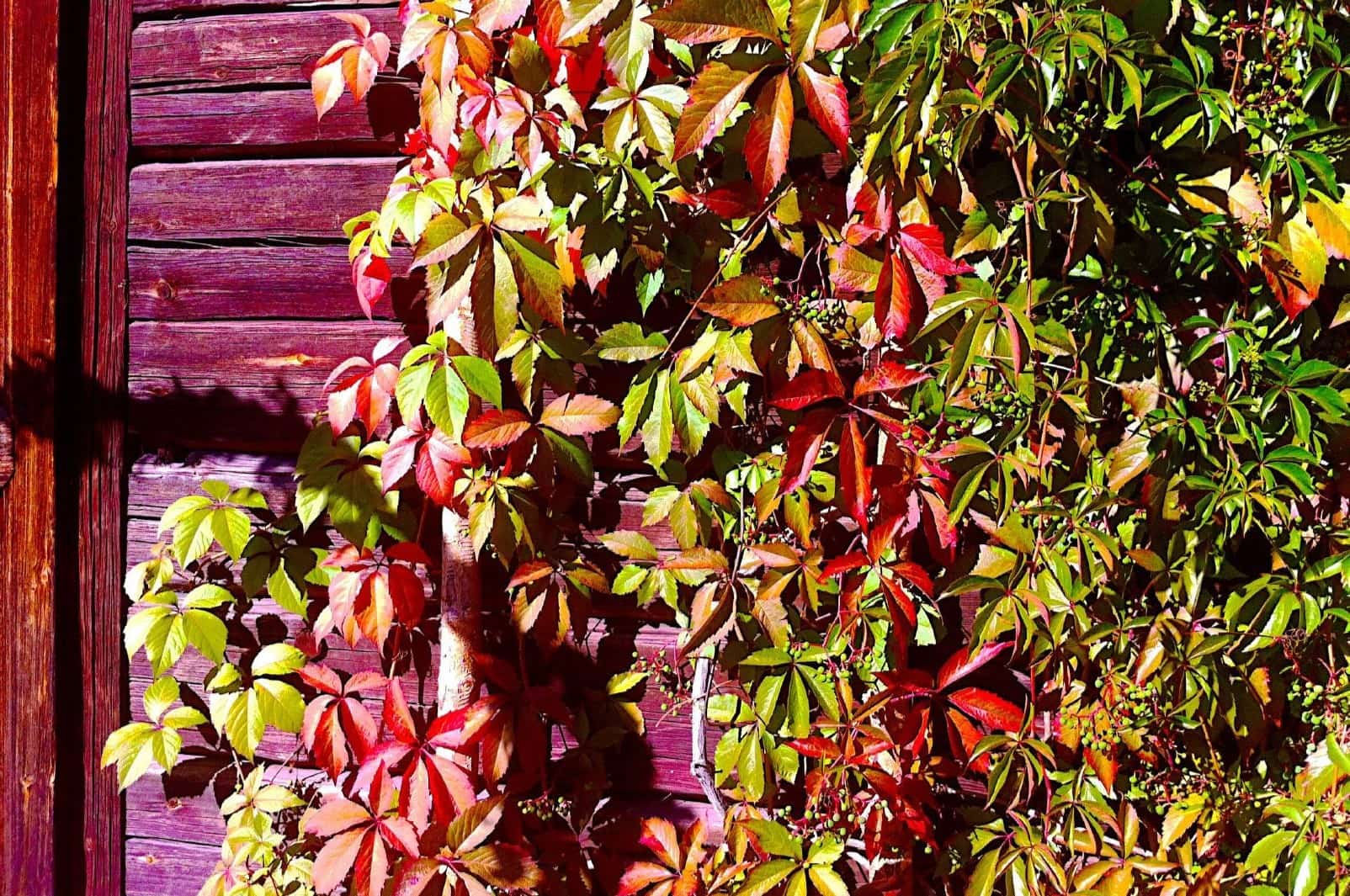
Virginia Creeper, a common sight in many gardens and forests, often sparks curiosity. What makes this plant so intriguing? For starters, its vibrant foliage shifts from green to fiery red in autumn, creating a stunning visual display. This hardy vine can climb walls, fences, and trees, adding a touch of nature's artistry to any landscape. But there's more to Virginia Creeper than just its looks. Did you know it can grow up to 50 feet long? Plus, it provides shelter and food for various wildlife, making it an essential part of the ecosystem. Whether you're a gardener, nature lover, or just curious, learning about Virginia Creeper can be both fascinating and rewarding.
Key Takeaways:
- Virginia Creeper is a vibrant, fast-growing vine with unique traits like five leaflets per leaf and adhesive pads for climbing. It offers benefits like ground cover and natural insulation, but beware of its invasive nature and toxic berries.
- Virginia Creeper has fascinating uses, from Native American medicine to crafting and erosion control. Its dense foliage also makes it a natural privacy screen. Whether you're a gardener or nature enthusiast, there's always something new to learn about this versatile vine.
What is Virginia Creeper?
Virginia Creeper is a fast-growing vine known for its vibrant fall colors. It can climb walls, trees, and fences, making it a popular choice for gardeners. Here are some fascinating facts about this versatile plant.
Unique Characteristics of Virginia Creeper
This plant has some unique traits that set it apart from other vines.
-
Virginia Creeper has five leaflets per leaf, which is a key identifier. Most other vines have three.
-
It uses small adhesive pads to cling to surfaces. These pads help it climb almost anything.
-
The vine can grow up to 50 feet long. This makes it ideal for covering large areas quickly.
-
Its leaves turn bright red in the fall. This striking color change makes it a favorite for autumn landscapes.
Benefits of Growing Virginia Creeper
Growing this vine offers several advantages for your garden and home.
-
It provides excellent ground cover. This helps prevent soil erosion.
-
The plant is low-maintenance. It requires little care once established.
-
Virginia Creeper can act as a natural insulator. It helps keep buildings cooler in summer and warmer in winter.
-
It attracts wildlife. Birds and insects love the berries and flowers.
Potential Drawbacks of Virginia Creeper
While beneficial, this vine also has some downsides.
-
The plant can be invasive. It may take over areas if not controlled.
-
Its berries are toxic to humans. They can cause nausea and vomiting if ingested.
-
The vine can damage structures. Its strong adhesive pads may harm surfaces like brick and wood.
Interesting Uses of Virginia Creeper
Beyond gardening, this plant has some intriguing applications.
-
Native Americans used the plant for medicinal purposes. They treated ailments like diarrhea and swelling.
-
The vine is sometimes used in crafts. Its flexible stems can be woven into wreaths and baskets.
-
It serves as a natural privacy screen. The dense foliage can block unwanted views.
-
Virginia Creeper is used in erosion control projects. Its extensive root system helps stabilize soil on slopes.
Virginia Creeper is a fascinating plant with many uses and characteristics. Whether you're a gardener or just a nature enthusiast, there's always something new to learn about this versatile vine.
Virginia Creeper's Unique Traits
Virginia Creeper stands out for its vibrant foliage, rapid growth, and climbing ability. This plant, often mistaken for poison ivy, offers a stunning display of red leaves in autumn. Its five-leaf clusters make it easy to identify. Known for its adaptability, it thrives in various environments, from forests to urban areas. The plant's berries, though toxic to humans, provide food for birds. Its roots can stabilize soil, preventing erosion. Despite its beauty, it can become invasive, requiring regular maintenance. Virginia Creeper's tendrils with adhesive pads allow it to climb walls and trees effortlessly. This plant not only adds aesthetic value but also supports local wildlife. Understanding its characteristics helps in managing its growth and appreciating its role in nature. Whether you're a gardener or nature enthusiast, Virginia Creeper offers both challenges and rewards.
Frequently Asked Questions
Was this page helpful?
Our commitment to delivering trustworthy and engaging content is at the heart of what we do. Each fact on our site is contributed by real users like you, bringing a wealth of diverse insights and information. To ensure the highest standards of accuracy and reliability, our dedicated editors meticulously review each submission. This process guarantees that the facts we share are not only fascinating but also credible. Trust in our commitment to quality and authenticity as you explore and learn with us.


